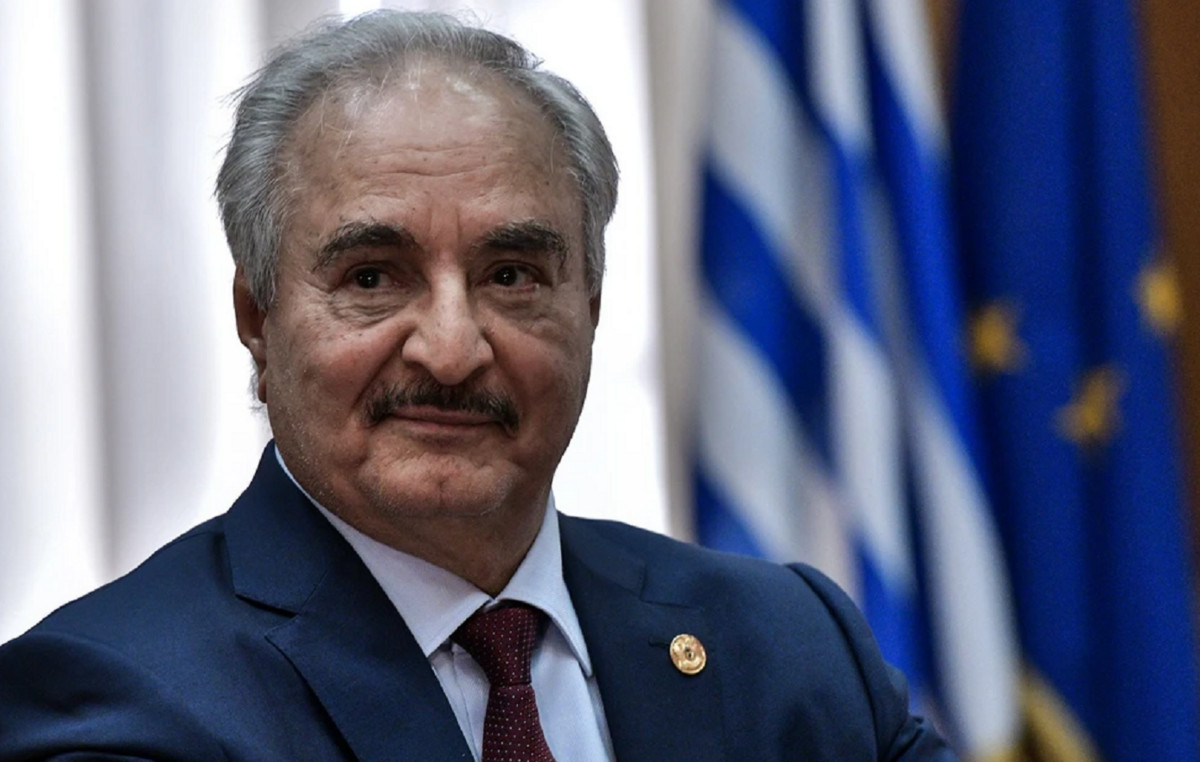He Gold price in euros registers gains for the second consecutive day this Thursdayaccording to data from FXStreet.
The price of Gold in euros is currently at 2,633.25, gaining 0.55% daily.
He Gold today reached a three-day high of 2,633.96 euros per ounce and a minimum of 2,615.55.
On Wednesday the price of Gold in euros closed at 2,619.04, gaining 0.82% on the day.
From one year to this point, the price of Gold in euros has gained 38.48%.
What factors have influenced the price of Gold recently?
- Gold is once again in demand in the markets due to the escalation of the conflict between Ukraine and Russia, uncertainty about the ceasefire between Israel and Hamas and fears about the trade war that Donald Trump could unleash after his inauguration.
- Ukraine on Tuesday launched its largest massive attack against Russia using drones and missiles, targeting military and oil facilities on Russian soil. In response, Russia launched its own bombardment, predominantly targeting Ukraine’s gas infrastructure and energy facilities with more than 40 missiles and 70 drones.
- Qatar’s prime minister announced Wednesday that Israel and Hamas have agreed to a ceasefire in which they agree to exchange Israeli hostages in exchange for releasing more than 1,000 Palestinian prisoners. The agreement also includes a withdrawal of Israeli troops from the Gaza Strip.
Gold FAQs
Gold has played a fundamental role in human history, as it has been widely used as a store of value and medium of exchange. Today, apart from its brilliance and use for jewelry, the precious metal is considered a safe-haven asset, meaning it is considered a good investment in turbulent times. Gold is also considered a hedge against inflation and currency depreciation, since it does not depend on any specific issuer or government.
Central banks are the largest holders of Gold. In their aim to support their currencies in turbulent times, central banks tend to diversify their reserves and purchase Gold to improve the perception of strength of the economy and currency. High Gold reserves can be a source of confidence for the solvency of a country. Central banks added 1,136 tons of gold worth about $70 billion to their reserves in 2022, according to data from the World Gold Council. This is the largest annual purchase since records exist. Central banks in emerging economies such as China, India and Türkiye are rapidly increasing their gold reserves.
Gold has an inverse correlation with the US Dollar and US Treasuries, which are the main reserve and safe haven assets. When the Dollar depreciates, the price of Gold tends to rise, allowing investors and central banks to diversify their assets in turbulent times. Gold is also inversely correlated with risk assets. A rally in the stock market tends to weaken the price of Gold, while sell-offs in riskier markets tend to favor the precious metal.
The price of Gold can move due to a wide range of factors. Geopolitical instability or fear of a deep recession can cause the price of Gold to rise rapidly due to its status as a safe haven asset. As a non-yielding asset, the price of Gold tends to rise when interest rates fall, while rising money prices tend to weigh down the yellow metal. Still, most of the moves depend on how the US Dollar (USD) performs, as the asset is traded in dollars (XAU/USD). A strong Dollar tends to keep the price of Gold in check, while a weaker Dollar is likely to push up Gold prices.
Source: Fx Street
I am Joshua Winder, a senior-level journalist and editor at World Stock Market. I specialize in covering news related to the stock market and economic trends. With more than 8 years of experience in this field, I have become an expert in financial reporting.






